The Best Neighborhoods to Wander Through in Singapore
The Republic of Singapore has it all: Where else can you find a year-round island-nation destination rife with modern skyscrapers, stunning public parks and luxury offerings rarely matched elsewhere in the world? Take a closer look, and the richness of the city’s culture starts to present itself. For example: How many other countries have four official languages? Getting around the city is especially a breeze, since English is widely spoken as a business language. The multicultural influences — Chinese, Malay, Indian, Peranakan, etc. — are especially visible in the variety of districts and cuisines. You’re bound to find plenty that excites and enthralls, but it helps to have an idea of where to start: Here are our top picks for neighborhoods to check out when you visit.
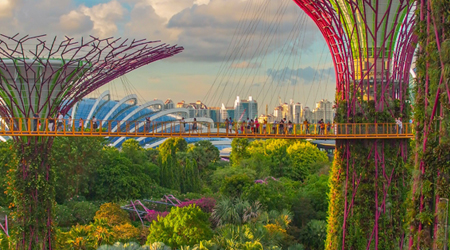
Photo: Gardens in Singapore
Chinatown
Chinatown is one of the most fascinating enclaves in the city — the streets are packed with the likes of buzzing markets and food stalls, apothecary-style traditional medicine houses, chic cafes and bars as well as religious temples of all shapes, sizes and disciplines. Grab a meal (or three) at either the Maxwell Food Centre or Chinatown Complex — both legendary hawker centers in their own right. For the uninitiated, hawker centers are historic street food vendor stalls, intertwined with the history of Singapore itself and frequented by locals for multiple meals in a day. After a hearty meal, pay your respects to Buddha himself at the Buddha Tooth Relic Temple, home to many revered Buddhist artifacts, including the namesake sacred Buddha tooth.
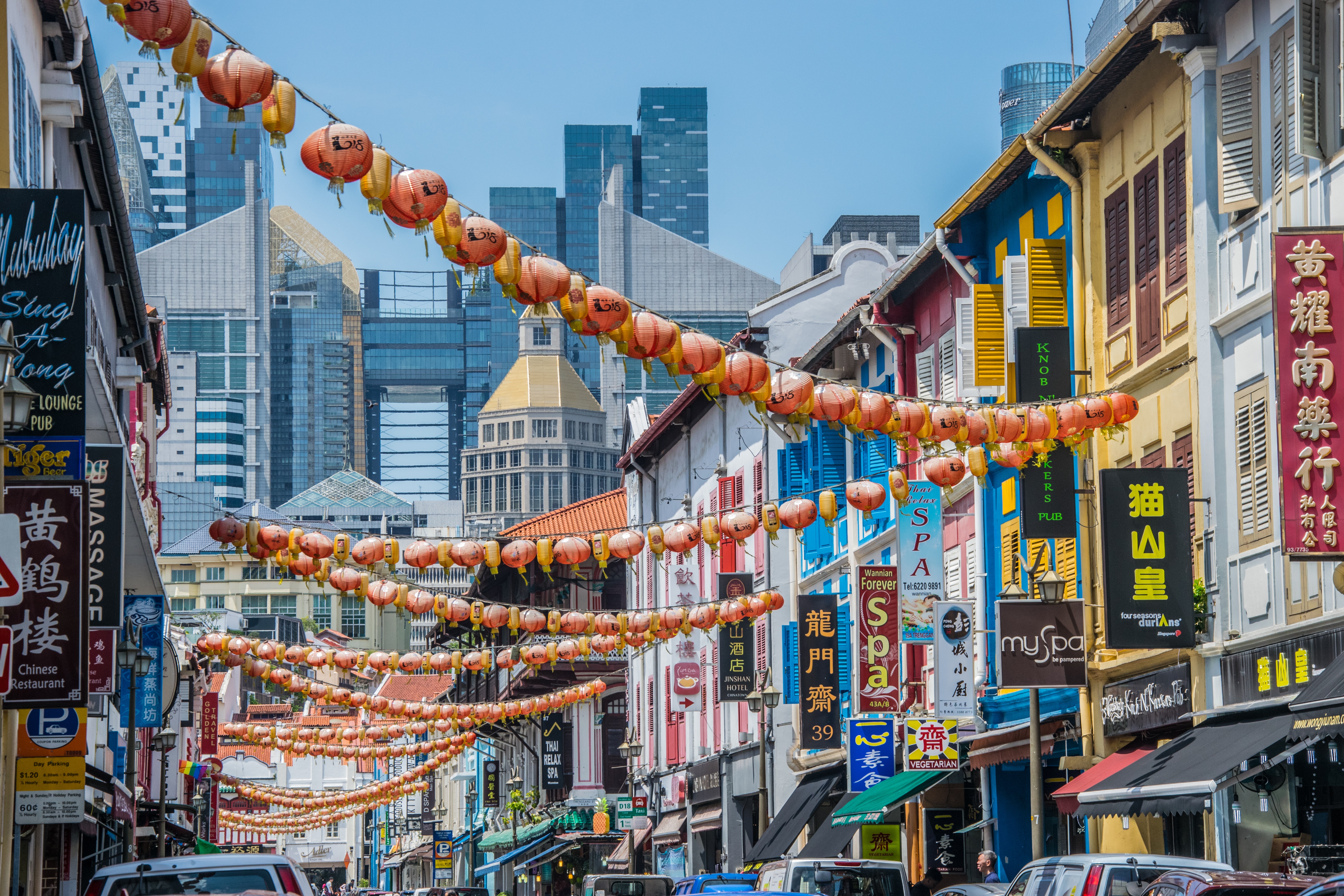
Photo: Chinatown in Singapore
Kampong Gelam
Known as the Muslim Quarter back in Singapore’s colonial days, Kampong Gelam today melds those historic roots with hip, modern influences to create a section of city that is rife with life. Arab textile and carpet shops sit side by side with mod cafes and vibrant graffiti-muraled walls. Minimalist boutiques and authentic Malay restaurants are nestled together within colorful shophouses. By day, the stars of these interconnected streets are the mosques: The golden dome of the Sultan Mosque is an especially enchanting sight, well worth a tour and some artful snapshots — but any intrepid explorer is sure to find the bevy of multi-colored street art scattered throughout the neighborhood drawing their eye. The Malay Heritage Center rounds out the list of must-see experiences, with its engaging exhibits, programs and workshops on the heritage and history of Malay Singaporeans. By night, live music bars and hip restaurants flood the streets with an ambiance of revelry. To truly appreciate this neighborhood, you’ll have to visit both in the daytime and at night!
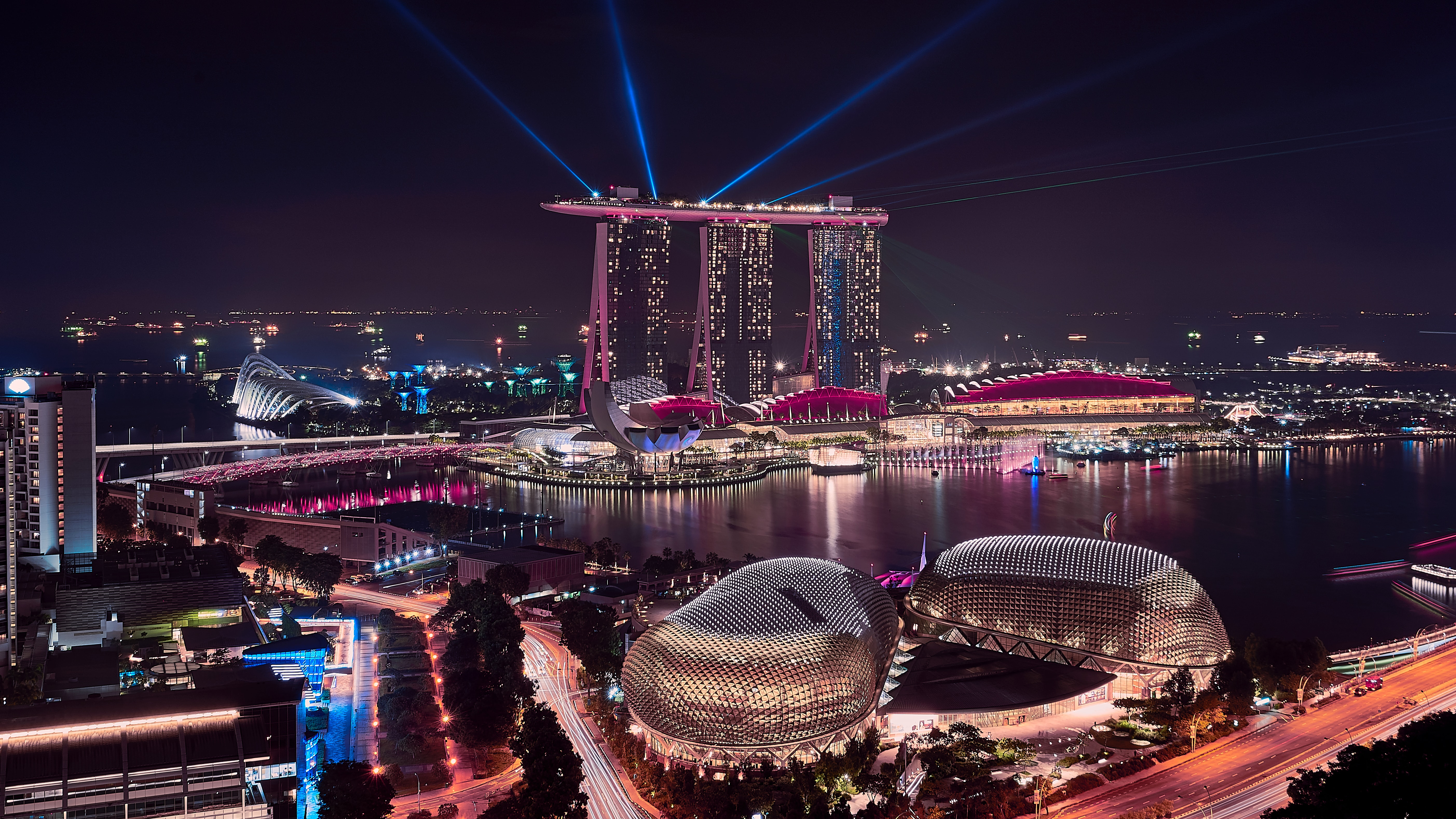
Photo: Singapore
Little India
As far as neighborhood names go, few are as aptly named as Little India — this bustling community feels as if the city blocks were directly airlifted from the cities of Mumbai or Delhi. Street art is also quite prominent here; in fact, chances are high that you might find several street art tours passing through. Of the temples to see, Sri Veeramakaliamman Temple may be the most photo-worthy: it’s home to a distinctive façade of intricate, colorful statues detailing the tales of Kali. Another excellent photo-opportunity is the Tan Teng Niah house. Built in 1900, this quaint two-story villa with pastel-hued exteriors is a charming sight (and prime souvenir snapshot). Of the food to try, there is no wrong answer, but fish head curry from the Banana Leaf Apolo might be the most right (or at least, most iconic). Of where to shop, Little India Arcade is a historic favorite for wares ranging from typical novelties to henna tattoos, but the 24-hour Mustafa Centre is the true can’t-miss retail institution.
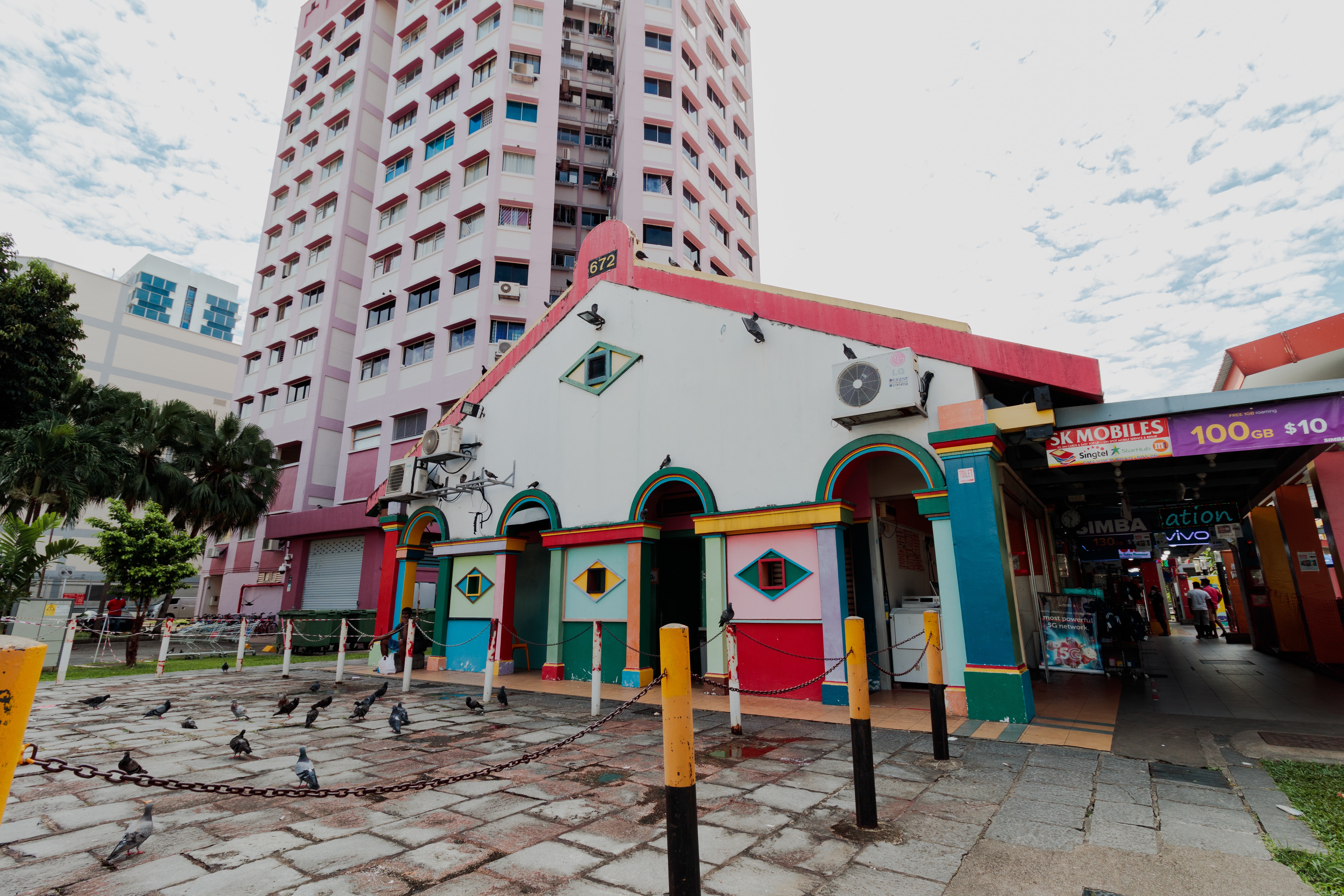
Little India, Singapore
Katong-Joo Chiat
Once a dual-purpose coconut plantation and weekend retreat for wealthy city dwellers, Katong didn’t metamorphosize into a residential suburb until the early 20th century. The neighboring Joo Chiat area derives its name from Chew Joo Chiat, the wealthy landowner of the same name. Today, the coconut palms have been replaced with a new kind of paradise: a vibrant neighborhood, teeming with the life that has been built up here in the last century-plus. This is the nexus of Peranakan culture — the unique blend of Chinese and Malay heritage. Colorful heritage shophouses seamlessly fuse with (much) more modern additions. Delve into Peranakan culture at the Intan, a private home-museum dedicated to celebrating the history of this heritage. Stroll the streets with a watchful eye spying street art, or let your taste buds lead the way in discovering Perankan culture and cuisine at Kim Choo Kueh Chang; an order of local Nonya dumplings (rice dumplings) and Kueh (a traditional rice cake dessert) is certain to hit the spot. After shopping for some Peranakan kebayas (a traditional blouse-dress), kick back and treat yourself to a foot massage — learning about new cultures requires plenty of steps! The beauty of Katong-Joo Chiat is that, with each building you pass or corner you turn, something is bound to captivate your eyes.
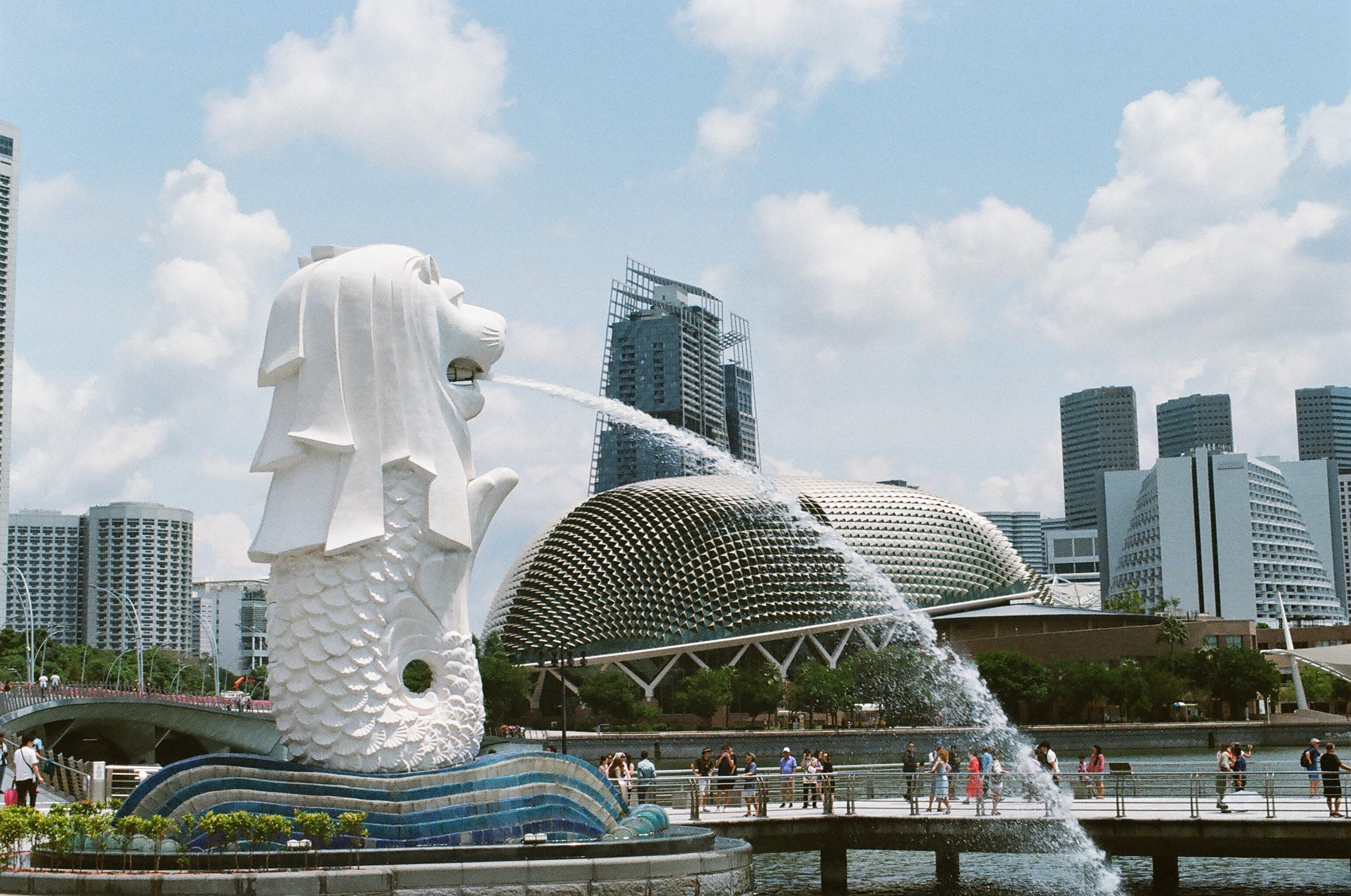
Photo: Singapore
Convinced you need to get the ball rolling on seeing these lively Singapore neighborhoods for yourself? Our travel agents are your golden ticket to the vacation of your dreams. The benefits are myriad: Hard-earned professional expertise allows you to weed out any (and many) potential tourist traps or overhyped attractions, allowing you to focus your time and attention on truly bespoke experiences. Their “always-on-call” mentality means you’re always — always — covered against any logistical curveballs life throws at you. And, perhaps most excitingly, their unique perch within the industry unlocks exclusive perks and amenities you never even knew you were missing.

